Hydrogen-economy – Advanced-nuclear 19-08-2022 - Arhive
Hydrogen-economy – Advanced-nuclear
Crude Oil Prices Trend
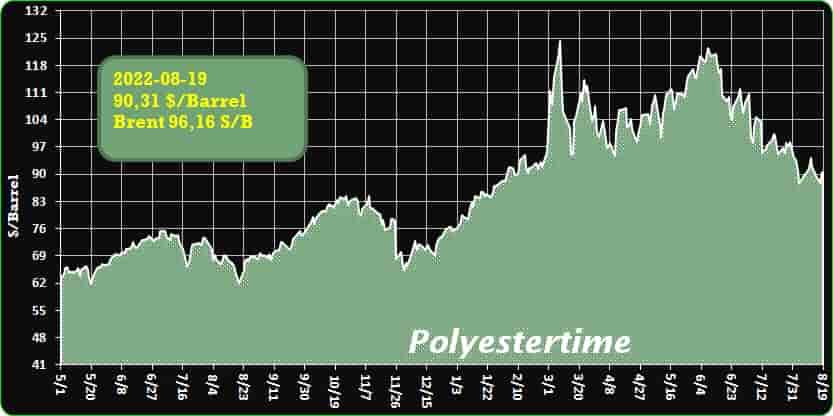
-Dow to decarbonise with advanced nuclear
Materials science company Dow is to collaborate with X-energy to deploy Xe-100 high-temperature gas reactor technology to provide carbon-free process heat and power to one of Dow’s US Gulf Coast sites. The reactor is expected to be operational around 2030.
The two companies have signed a Letter of Intent which they say will help Dow advance its carbon emissions reduction goals through the development and deployment of X-energy’s advanced small modular reactor (SMR) nuclear technology. Dow also intends to take a minority equity stake in X-energy.
“Advanced small modular nuclear technology is going to be a critical tool for Dow’s path to zero-carbon emissions and our ability to drive growth by delivering low-carbon products to our customers,” Dow Chairman and CEO Jim Fitterling said. “X-energy’s technology is among the most advanced, and when deployed will deliver safe, reliable, low-carbon power and steam. This is a great opportunity for Dow to lead our industry in carbon neutral manufacturing by deploying next-generation nuclear energy.”
The Xe-100 is one of two designs selected by the US Department of Energy to receive USD80 million each of initial cost-shared funding to build an advanced reactor demonstration plant that can be operational within seven years. A four-unit Xe-100 plant is planned for construction at a site in Washington state.
Each Xe-100 reactor is engineered to operate as a single 80 MW electric unit, optimised as a four-unit plant delivering 320 MWe. The reactor can provide baseload power to an electricity system or support industrial applications with 200 MW thermal output per unit of high pressure, high temperature steam. Hydrogen-economy – Advanced-nuclear
“Nuclear energy has always offered the promise of broad economy-wide decarbonisation,” X-energy CEO Clay Sell said. “Today’s announcement marks an important step in turning that aspiration into reality.”
SMRs are seen as a key technology to enable energy-intensive industries to decarbonise. Dow is working to deliver a 30% reduction in its scope 1 and 2 carbon emissions from 2005 levels by 2030, aiming to achieve carbon neutrality by 2050.
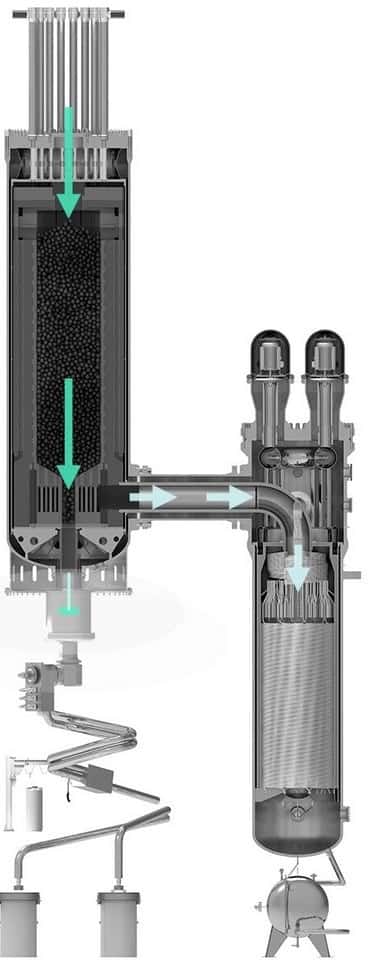
-Krones presents a new generation of the Contiform
Environmentally friendly, sustainable, AND cost-effective operation: That was one of the paramount goals for this latest evolution of the Contiform. When it comes to stretch blow molders, the greatest potential for improvement in these areas often lies in reducing energy consumption in preform heating and, of course, in lowering compressed air consumption in the blowing process. And Krones’ R&D team have made the most of these opportunities: They’ve shortened the distance between the heaters, made the heating space even more compact overall, and redesigned the heaters with parabolic reflectors. As a result, they’ve cut energy consumption by 11 percent compared to the previous generation. Hydrogen-economy – Advanced-nuclear
The team has also achieved substantial savings on compressed air. Unlike the technology customary on the market to date, the new Air Wizard Triple air recycling system uses a three-stage compressed-air recycling process that can reduce compressed air consumption by as much as 20 percent. But the focus on sustainability hasn’t been limited to the machine’s operation. It also includes the materials used in the installation process. As an example, the protective panels are made of recycled plastic.
Efficiency thanks to reduced downtimes
In order to further improve total cost of ownership (TCO), the fourth-generation Contiform uses a newly developed skip-and-run technology, which monitors the mold-hanger locking device and allows a blowing station that is not locked to pass along the main cam, for instance to eject a defective preform without triggering an emergency stop of the entire machine. That considerably reduces the scrap rate and eliminates the need for operator intervention.
Enhanced user friendliness
But the improvements don’t end with consumption and TCO. The new Contiform is also now even more user-friendly: It features a large-screen interface with the latest touch technology and improved visualization software. And assistant systems guide the operating personnel through the settings, even making automatic suggestions. That makes operating the machine more intuitive and more efficient.
Adding to that, Krones has developed Contiloop AI, an automatic process control system, and put it to use in the new Contiform: The combination of AI-based software and newly developed hardware makes it possible to detect even the slightest variations in material distribution in the production of PET containers and to automatically adjust key stretch-blow-molding parameters in real time – and thus to ensure that the bottle quality meets specifications. Hydrogen-economy – Advanced-nuclear
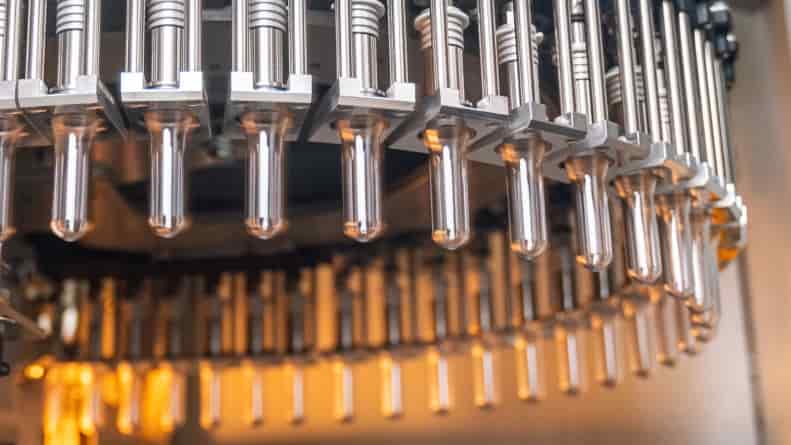
-Finnish Company Converts Waste Plastic into Infinitely Recyclable Material
VTT spinoff Olefy uses gasification technology to turn plastic waste into high-value virgin-grade plastics.
A process that could turn waste plastic into virgin-grade materials an infinite number of times is the unicorn of the circular plastics economy. And Finland’s Olefy says its new gasification process can deliver.
Olefy’s one-step process can turn even low-quality plastic waste into high-value virgin-grade plastics, the company says, with a yield as high as 70% of the feedstock. The resulting molecules created are equal to oil-based virgin olefins of food or pharmaceutical quality. Hydrogen-economy – Advanced-nuclear
Olefy is a spinoff of VTT, Finland’s technical research center. A pilot plant is already in operation at VTT’s Bioruukki Pilot Centre in Espoo, Finland. The technology, the product of more than 40 years of development at VTT Technical Research Center, emerged from VTT’s LaunchPad incubator.
“Olefy is new kind of chemical recycling process producing virgin-grade olefins and some other recycled hydrocarbons,” like benzene, toluene, and xylene, said Matti Nieminen, Head of Technology for Olefy and principal scientist at the VTT Technical Research Centre of Finland. “All products are equal to virgin-grade products, and thus they can be used even in the most demanding applications.”
Gasification, Nieminen explained, is performed under highly controlled conditions and high temperatures to turn solid or liquid feed into “targeted gaseous components. Typically, gasification is used to produce, for example, hydrogen and carbon monoxide, which are important raw materials of many organic syntheses. In Olefy, the reactions are stopped after a short time in order to get light olefins, not lighter hydrocarbons like methane. From this perspective, Olefy is a little bit like a steam cracker furnace — but solid plastic is used as feed instead of naphtha or ethane.” Naphtha is a crude oil product normally required for conventional plastic manufacturing. Hydrogen-economy – Advanced-nuclear
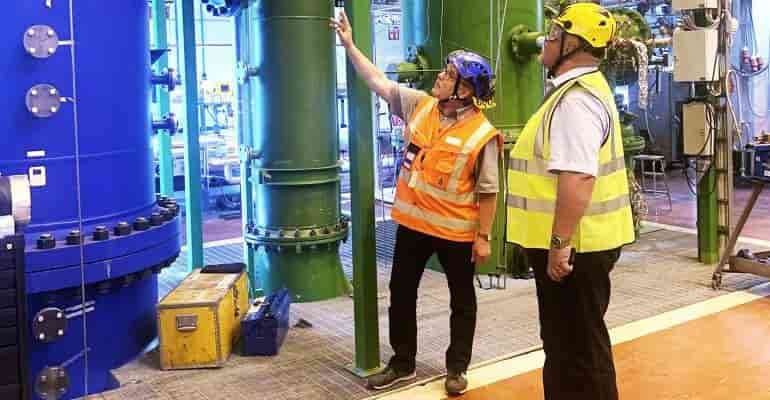 -Recycling Line Boosts PET Melt Quality
-Recycling Line Boosts PET Melt Quality
At K 2022 and at its coinciding open house, BB Engineering will present innovations for PET recycling.
BB Engineering, a joint venture of Bruckner Maschinenbau and Oerlikon Barmag, will be presenting a PET recycling line called Vacufil at October’s K 2022 Show in Dusseldorf.
Vacufil uses the liquid state polycondensation process for recycling PET. It combines large scale filtration and regulation of intrinsic viscosity. A key component is the patented Visco vacuum filter, which removes volatile impurities. Vacufil can be used for both post-consumer and post-industrial input materials. Hydrogen-economy – Advanced-nuclear
Vacufil is modular, and can be configured for downstream processes, including the BB Engineering’s own Variofil spinning plant. The Variofil produces a polyester yarn.
K Show attendees will be invited to an open house at BB Engineering to see this combined process in action. Its facility in Remscheid is less than 30 miles from Dusseldorf.
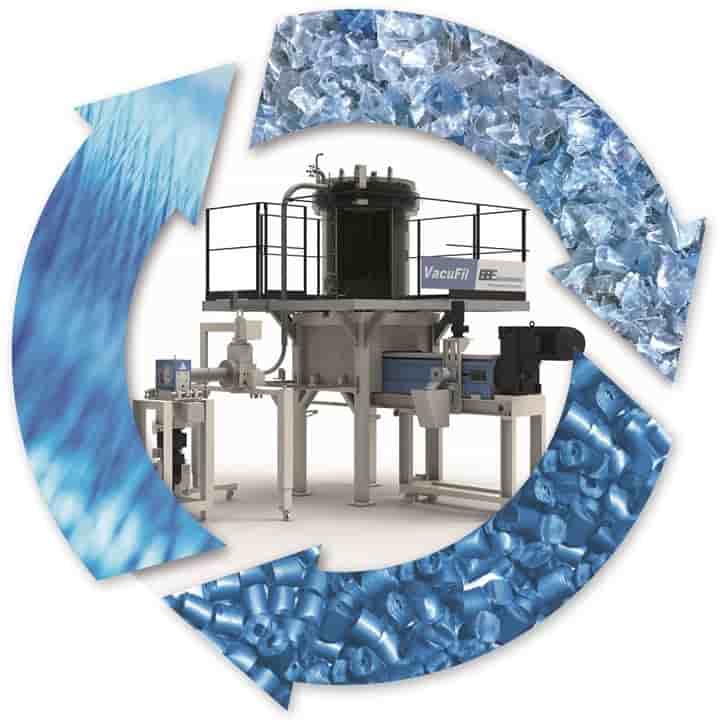
See a few examples of paper packaging solutions from Nestlé and others from ThePackHub’s August Packaging Innovation Briefing Report.
Packaging continues to see a lot of change of materials driven largely by sustainability objectives. Plastic replacement is still top of the agenda for many brands and retailers as they look to switch out of the material to solutions that may offer a better environmental footprint, or at least be better received by anti-plastic focused consumers.
Paper Packaging Switch for Leading Ice Cream Brand
Nestlé Hong Kong has announced that the packaging for its Kit Kat stick ice cream is moving from plastic to paper, which is a first for the Innovation Zone. The packaging is made of 100% pure pulp, which has been certified by the Forest Stewardship Council (FSC)Hydrogen-economy – Advanced-nuclear
It is designed to reduce plastic consumption and boost recyclability. The new paper packs for KitKat Stick ice cream support Nestlé’s ambition to achieve 100% recyclable or reusable product packaging by 2025 and reduce the use of virgin plastic by one-third. Nestlé says that it is focusing on three core areas: eliminating non-recyclable plastics, encouraging the use of plastics that allow better recycling rates, and eliminating or changing complex combinations of packaging materials. Research by Nestlé in neighboring China shows that consumers believe that paper packaging has good (44%) or excellent (30%) recyclability. However, a slightly larger majority believe plastic packaging has good (45%) or excellent (33%) recyclability.
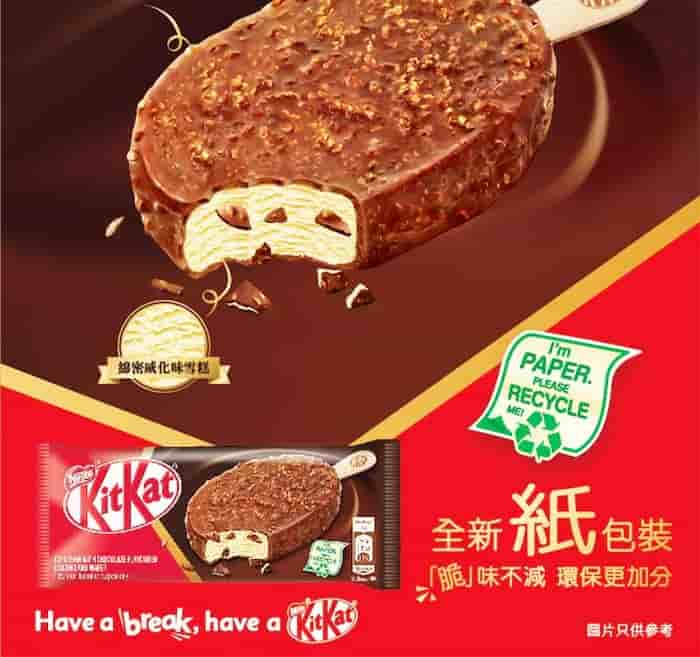
-European plastics industry to reach $108bn by 2031: Ceresana
Plastics play a major role in the “Green Deal” that aims to make Europe climate-neutral by 2050. EU initiatives for circular economy and bioeconomy promote recycling and bioplastics, whereas plastic waste and microplastics are to be restricted. Further, Europe wants to become less dependent on oil and gas imports.
Despite crises and conflicts, nearly 57 million tonnes of plastics were sold in Europe last year, around 3 million tonnes more than in 2015, according to a new report by Ceresana. This is the second time Ceresana has analyzed the entire European market for all commercially important plastics: from mass-produced standard polymers, such as polyethylene, polypropylene, PET or PVC, to high-performance plastics needed for lightweight construction and special technical applications.
A Growing Market for Plastics
Market researchers at Ceresana expect average sales growth of 2.0% per year for the European plastics industry. This major economic sector is thus expected to reach a volume of around EUR 107 billion ($108 billion) in 2031. This impressive figure does not include synthetic fibres for textiles; nor does it take into account synthetic resins and silicones for paints and coatings, adhesives and sealants.Hydrogen-economy – Advanced-nuclear
In Europe, Germany is the largest producer of plastics, with a market share of almost 22%, followed by Russia, Belgium and France. Regionally, production and consumption of plastics are developing very differently. Ceresana’s new plastics market report examines the different types of plastics and their areas of application in detail.
Polymers for Packaging and Construction
Packaging and construction products currently account for around 68% of total demand for plastics in Europe. The two plastic types polyethylene and polypropylene dominate the “flexible packaging” application area, i.e. films, bags and sacks. PET, on the other hand, is the main type of plastic used for “rigid packaging” in Europe, for example for bottles and lids, cans, cups and boxes. Instead of bottles, plastic bags are increasingly being used for some beverages. Compostable bioplastics are becoming increasingly competitive, especially for food packaging. In the construction industry, plastics are needed for both structural and civil engineering, for example for films, cables, pipes, profiles, dowels, coatings and membranes. Despite concerns from environmentalists, PVC is still the most widely used type of plastic in this sector. Insulation materials such as EPS help save energy.Hydrogen-economy – Advanced-nuclear
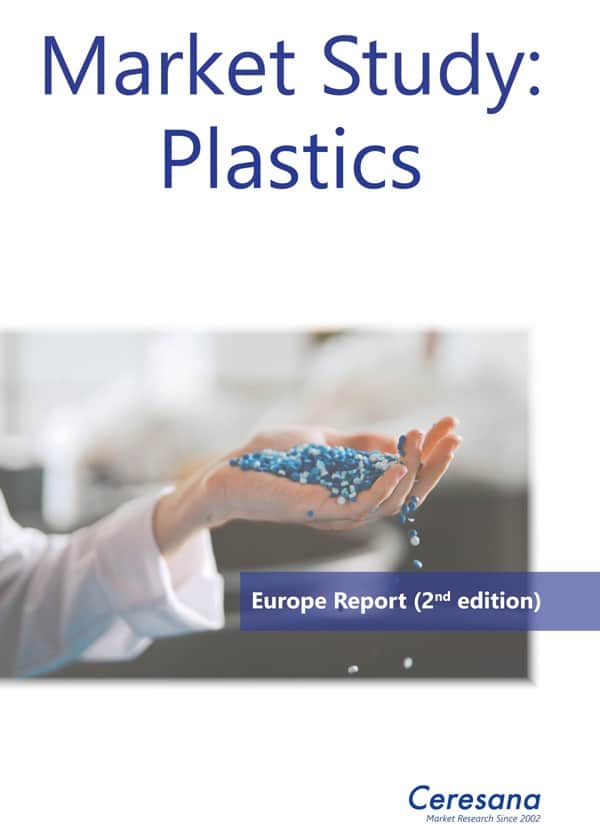
-Net zero, Russia war driving nascent hydrogen economy
Green hydrogen is in sharp focus as governments seek to slash carbon emissions amid record-high temperatures and to safeguard energy supplies hit by the invasion of Ukraine by oil and gas producer Russia.
Birmingham: Kevin Kendall pulls up at the only green hydrogen refuelling station in Birmingham, Britain’s second-biggest city, and swiftly fills his sedan with clean gas.
Green hydrogen is in sharp focus as governments seek to slash carbon emissions amid record-high temperatures and to safeguard energy supplies hit by the invasion of Ukraine by oil and gas producer Russia.Hydrogen-economy – Advanced-nuclear
But the “hydrogen economy” has not fully kicked into gear awaiting significant uptake from high-polluting sectors like steel and aviation.
For Kendall, being an early user of green hydrogen means he does not have to queue during his lunchtime trip to what resembles a petrol pump.
“There is very little green hydrogen being produced in Britain at the moment,” the professor of chemical engineering tells AFP. “It needs now to move forward.”
In Birmingham, central England, it costs about £50 ($60) to fill Kendall’s Toyota Mirai with the green hydrogen that is produced at a plant next to the refuelling station.
That is around half the bill for a similar-sized diesel car after the Ukraine war sent fossil fuel prices rocketing.
Despite the price benefit, Britain is home to around only a dozen hydrogen refuelling stations.
While hydrogen is the most abundant element on Earth, it is locked in water and hydrocarbons such as natural gas, meaning “it’s difficult to make”, according to Kendall’s daughter, Michaela Kendall.
Together they founded Adelan, a small-sized business producing box-shaped fuel cells similar to the metal-encased devices used to help power the Toyota Mirai.
Set up 26 years ago, Adelan is the longest-running maker of fuel cells in Britain — which work also with liquefied petroleum gas (LPG) — while the company also offers a leasing service for the Japanese automaker’s hydrogen cars.Hydrogen-economy – Advanced-nuclear

-Hyosung TNC Commercializes World’s First Bio-based Spandex
Hyosung TNC (KRX:298020) has succeeded in extracting spandex from corn and commercializing the world’s first bio-based spandex.
Hyosung TNC announced on August 10, 2022 that it successfully developed bio-derived spandex, ‘creora® bio-based’, using a natural material extracted from corn instead of coal, and obtained a global eco-friendly certification.
Commercializing the world’s first bio-based spandex that reduces carbon emissions by 23% compared to conventional products
The ‘creora® bio-based’ spandex uses a corn-derived substance that obtained an eco-friendly certificate from the U.S. Department of Agriculture, replacing a part of coal-extracted raw materials. Hydrogen-economy – Advanced-nuclear
The corn-derived substance has long been used for general fibers, wrapping papers, cosmetics, and liquid detergents, but not for high-functional textiles, such as spandex, as it is impossible to deliver unique elasticity and resilience due to technological limitations. Building on its technological prowess that leads the world’s spandex market, Hyosung TNC has made research and development efforts for more than a year, and successfully commercialized bio-based spandex for the first time in the world.
According to the Life Cycle Assessment, an assessment technique based on the international standards for environmental impact, when ‘creora® bio-based’ is applied to the products, it can reduce water use by 39% and carbon dioxide emissions by 23%, compared to conventional spandex products.
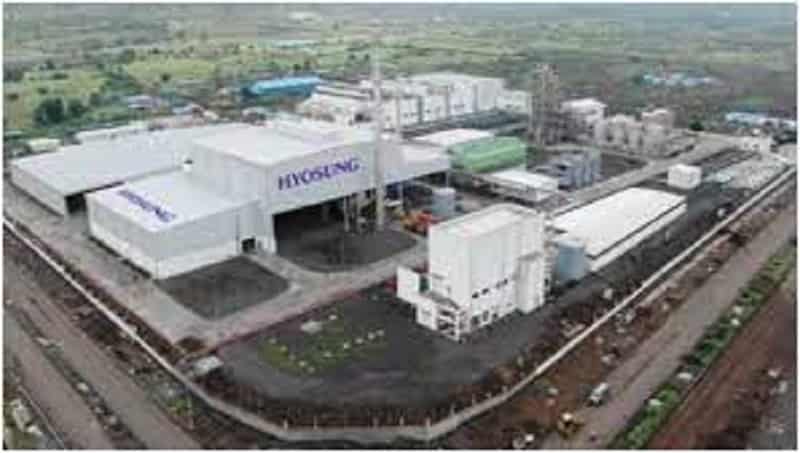
Hydrogen-economy – Advanced-nuclear
